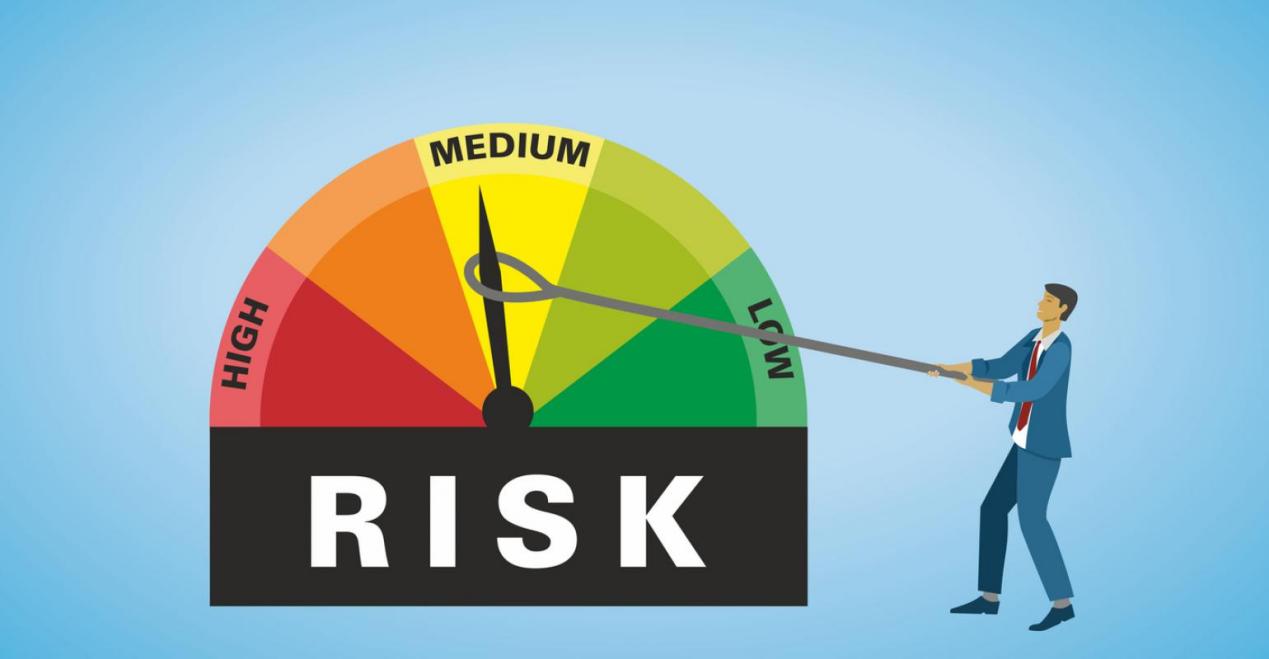
After the average moving system controls the risk of the underlying investment target, the performance of these six asset allocation models has been significantly improved.
1. On the basis that the annualized earnings were not much affected, the quick ratio of all models increased, with an average of 0.7-0.8.
2. The maximum withdrawal has made a qualitative leap, with a reduction of more than 50%. For example, the complete withdrawal of 60 / 40 dropped from 28% to 14%; The maximum departure of the Ivy League portfolio fell from 47% to 13%.
A risk-oriented investor will certainly not hesitate to choose one of these six models, even the lowest annualized permanent portfolio (wind control). Although its annualized return is only 8.64%, its maximum withdrawal is only an astonishing 7.52%. Compared with the annual return of 11.18%, it is indeed 250 basis points lower, but the maximum withdrawal is as much as 50%, and the risk is very high.
Under the framework of asset allocation, investors spread their eggs in multiple baskets by allocating diversified investment targets; Then, through a simple and reliable risk control system, investors can further reduce the maximum withdrawal, reaching an ideal situation. But we're not done.
Global asset allocation framework: [asset allocation + stock selection + risk control]
Asset allocation, stock selection, and wind control are these three magic weapons. We should have a clearer understanding through the previous analysis. Since asset allocation can disperse risks, factor stock selection can bring excess returns, and risk control can reduce maximum withdrawal, of course, we should organically combine these three magic weapons.

What happened?
The benefits of asset allocation + stock selection + wind control are not a little:
1. The maximum withdrawal of all portfolios is controlled within 20%, especially the permanent portfolio (stock selection + wind control), with a complete withdrawal of only an astonishing 10%. Significantly lower than 50% of S & P in the same period.
2. None of the quick ratios fell, all above 0.9, significantly higher than the 0.47 of S & P in the same period.
3. In terms of annualized returns, except that the permanent portfolio (stock selection + wind control) is slightly lower than the S & P 500, the other portfolios are, on average, 2.5% higher.
Why do some people still not believe or can not adhere to asset allocation?
From the asset allocation theory at the beginning to the later application of 45 historical data to test more than six asset allocation models, stock selection, and risk control, I personally think this complete global asset allocation framework has great practical value. A considerable part of the customers who let us manage assets do this asset allocation strategy.
Over the years, some customers have chosen such a strategy, but the process is not always smooth sailing: customers have questioned the return for a period of time, and some are anxious that his system has fallen after the market has risen today.






